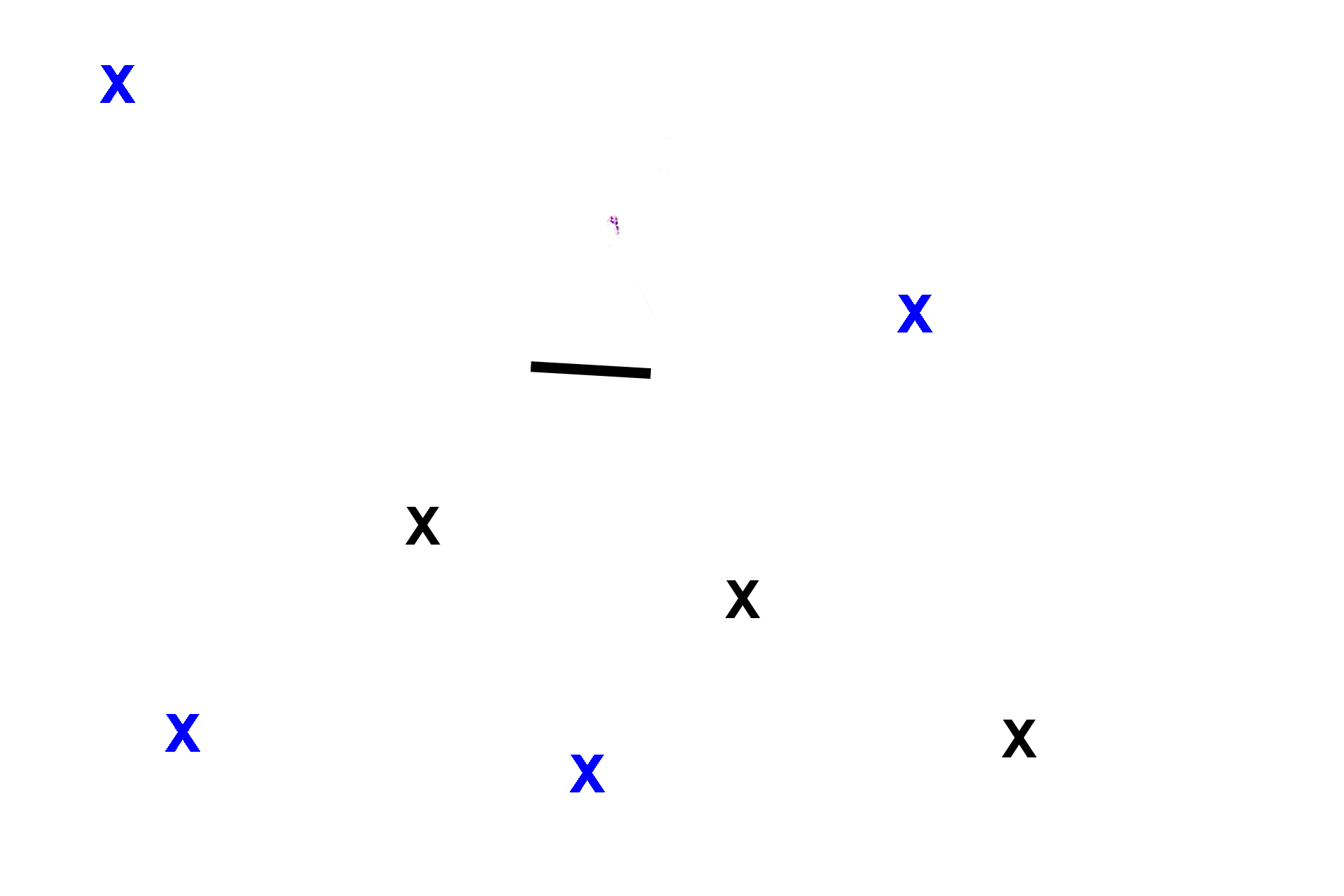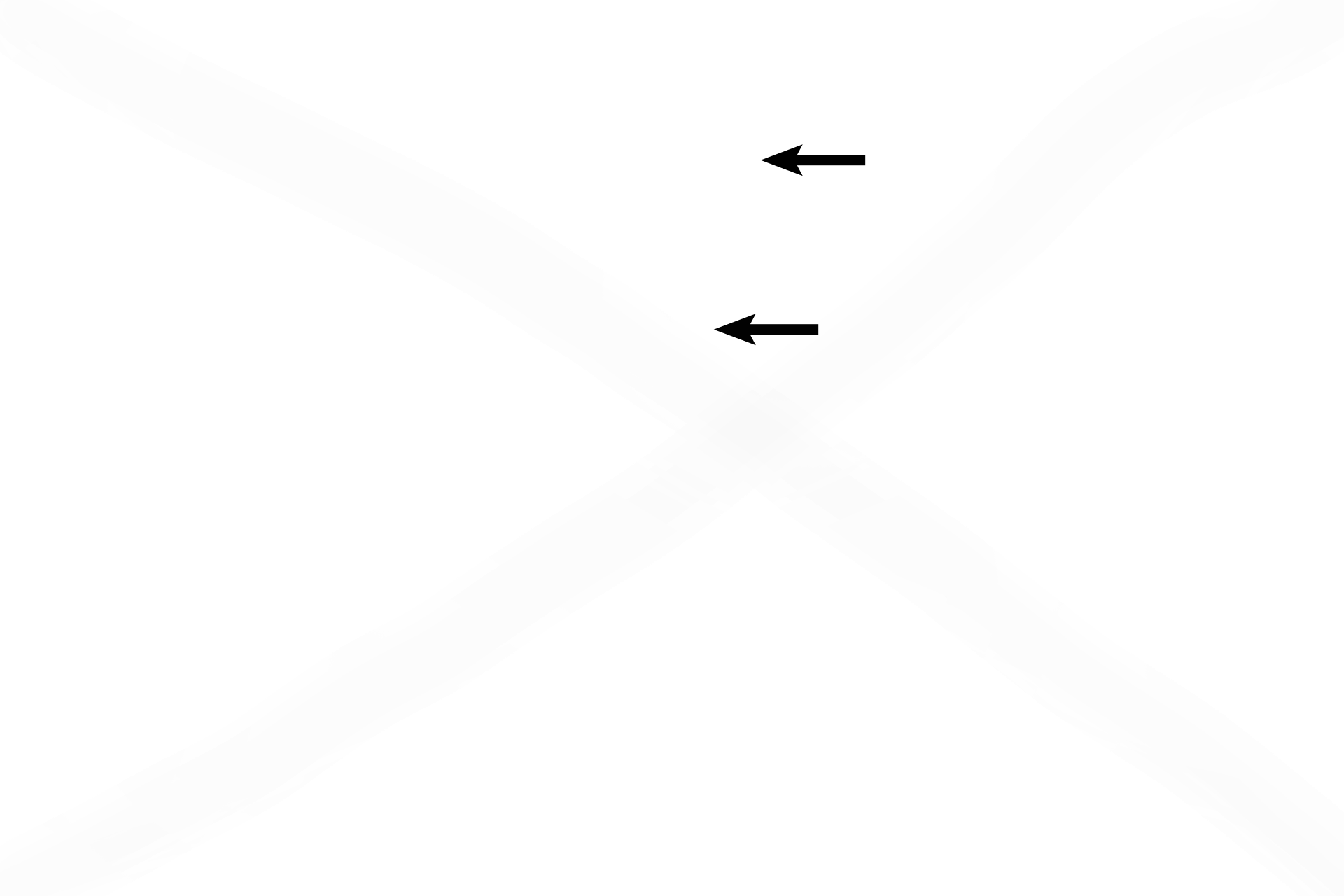
Transition of respiratory bronchiole to alveolar duct
A respiratory bronchiole is formed from a terminal bronchiole by the addition of alveoli and by a decrease in its diameter and in the thickness of its wall. The accumulation of additional alveoli reduces the surface area of the respiratory bronchiolar wall and forms an alveolar duct. 100x

Terminal bronchiole
A respiratory bronchiole is formed from a terminal bronchiole by the addition of alveoli and by a decrease in its diameter and in the thickness of its wall. The accumulation of additional alveoli reduces the surface area of the respiratory bronchiolar wall and forms an alveolar duct. 100x

Respiratory bronchiole
A respiratory bronchiole is formed from a terminal bronchiole by the addition of alveoli and by a decrease in its diameter and in the thickness of its wall. The accumulation of additional alveoli reduces the surface area of the respiratory bronchiolar wall and forms an alveolar duct. 100x

Alveolar ducts >
An alveolar duct is formed by an increase in the number of alveoli in the wall of a respiratory bronchiole until the wall is reduced to a series of rings supporting the alveoli. When sectioned, each ring resembles a pair of knobs. This respiratory bronchiole branches into two alveolar ducts (black Xs); alveolar ducts (blue Xs) from other respiratory bronchioles are numerous also.

Alveoli >
Alveoli (arrows) form an integral part of the walls of this respiratory bronchiole and its alveolar ducts, as seen by the continuity of the lumen of each alveolus with the lumen of the passageway. This respiratory bronchiole and its alveolar ducts are surrounded by alveoli (Xs) belonging to adjacent respiratory bronchioles and alveolar ducts.

Macrophages >
Macrophages, appearing very black because of the carbon particles they have engulfed, lie in the connective tissue surrounding this passageway.